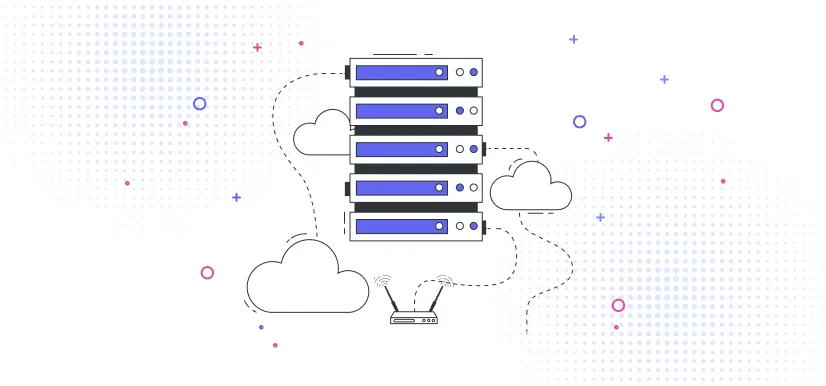- JAMstack
Edge Experience: What Is Edge Computing?


What Is a CDN?
A Content Delivery Network or CDN is a geographically distributed network of servers that delivers cached static content based on the geographic location of the user. The content served by a CDN includes HTML pages, javascript files, stylesheets, images, or videos.
The first wave of CDNs started with Akamai more than two decades ago, in 1998. CDNs were designed to accelerate web content in a world of constrained bandwidth. Amazon launched its own CDN, CloudFront, in 2008, and one year later, Cloudflare was born.
Over time, websites became more dynamic, and the web shifted to the cloud. But as mobile consumption increases, the websites are motivated to drive for speed and extensive use of CDNs. Therefore the digital economy requires great web performance, and CDNs are a critical part of this.
CDN can also improve security, as CDNs aim for improved security with DDoS protection and other security features.
The Edge
CDN servers can be defined as edge servers. An edge server is a computer that exists at the logical extreme or “edge” of a network. The primary purpose of a CDN edge server is to store the content as close as possible to a user, thereby reducing latency and improving page load times.
In the last years, processing, data, and business logic have started to move to the edge. In 2016 Amazon launched a preview of AWS Lambda@Edge. This service is a Functions as a Service (FaaS) on edge. As FaaS are essential parts of a “serverless” architecture, these enable performance-critical services like website personalization or A/B Testing to happen on edge. In 2017 Cloudflare introduced their Cloudflare Workers, which allows JavaScript Service Workers at the Edge.
Since 2019 the amount of CDNs with serverless functionality on edge has exploded. In a timeframe of 18 months from February 2019, big players like Akamai, Limelight, or IBM and challenger and niche players like Fastly, Netlify, EDJX or Stackpath have launched their own serverless functionality on edge.
Related to the functionality on edge in the last years, many companies, like Stackpath, Section, Fly, or MobiledgeX, have launched edge orchestration solutions to host or deploy services on edge.
Use Cases for the Serverless Edge
As with any new technology, the use cases of serverless functionality on edge will grow with more knowledge and experience.
For serverless functionality on edge, there are, for instance, use cases like:
Dynamic web applications
Search engine optimization (SEO)
Website security and privacy
Bot mitigation
Real-time image transformation
User tracking and analytics
A/B testing
Especially in JAMstack, which is a way of building websites and apps that deliver better performance, higher security, lower cost of scaling, and better developer experience, serverless functionality on edge is a game-changer.
Unlocking the Future of Personalization
Modern marketing and customer experience management rely on instantaneous data. At Ninetailed, we have the mantra that “A great digital experience relies on great web performance,” and this is why we use serverless functionality on edge since 2019.
We reimagine the relationship between the customer, marketers, and developers. And our platform allows non-developers to use all the benefits of the edge for personalization and dynamic content.
Conclusion
Regardless of the fact that edge computing includes serverless functionality on the edge and edge orchestration solutions, moving processing, data, and business logic to the edge is a need to reduce latency.
Serverless functionality on edge is interesting for a variety of use cases, from dynamic web applications and personalization to search engine optimization.
From a development perspective, serverless functionality on edge is the next big thing. From a sysops perspective, edge orchestration services are the next trend.
Finally, leveraging the edge is also important for solution providers like Ninetailed to help non-coders provide the benefits of the edge to their customers and users.
Learn everything you need to know about MACH architecture

